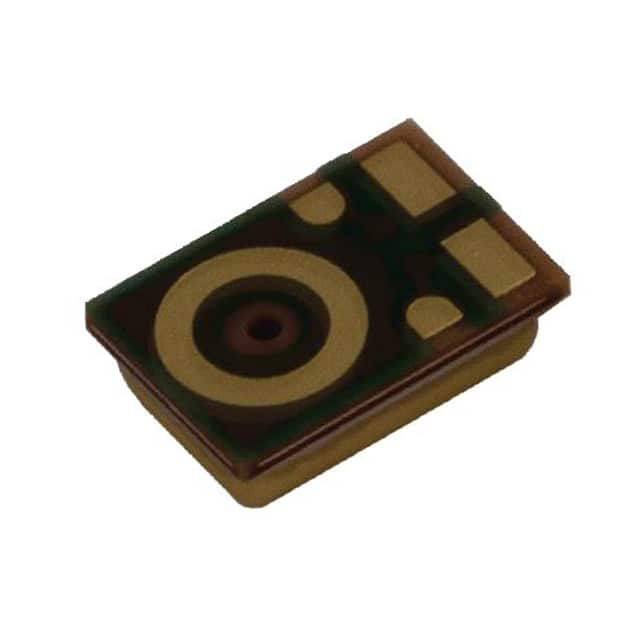SiSonic™ SPV Series, Microphones
Results:
4
Manufacturer
Series
Frequency Range
S/N Ratio
Current - Supply
Voltage Range
Height (Max)
Sensitivity
Impedance
Shape
Output Type
Termination
Voltage - Rated
Size / Dimension
Direction
Ratings
Type
Port Location
Results remaining:4
Applied Filters:
SiSonic™ SPV
Microphones
Microphones are electronic devices that convert sound waves into electrical signals. This conversion allows for various applications, including storing, transmitting, and rebroadcasting audio. Microphones come in a wide range of designs to suit different needs. There are large boom-style microphones, commonly used in professional recording studios and broadcasting settings, known for their high-quality audio capture. On the other hand, there are smaller and more popular MEMS (MicroElectroMechanical System) microphones, often found in consumer electronics like smartphones and wearable devices due to their compact size and efficiency. These microphones are differentiated by several factors. Impedance refers to the electrical resistance of the microphone's output signal and impacts its compatibility with different audio systems. Voltage rating determines the maximum voltage that can be applied to the microphone without causing damage. Sensitivity refers to the microphone's ability to capture sound accurately and is usually measured in decibels per Pascal (dB/Pa). The frequency range indicates the range of frequencies the microphone can effectively capture, ensuring accurate reproduction of different audio sources. Port location refers to the placement of the microphone's input or output ports, which can affect its suitability for specific applications. Overall size and mounting type play a role in determining the microphone's physical form, making it suitable for different setups and installations. Additionally, microphones offer various output interfaces to connect with audio systems. Analog output interfaces provide a continuous electrical signal that corresponds to the captured sound. I2S (Inter-IC Sound), PDM (Pulse-Density Modulation), and TDM (Time-Division Multiplexing) are digital output interfaces that allow for efficient transmission of audio data between microphones and other devices. By considering these factors, individuals and professionals can choose the right microphone to meet their specific requirements, ensuring optimal sound capture and quality in various applications.


